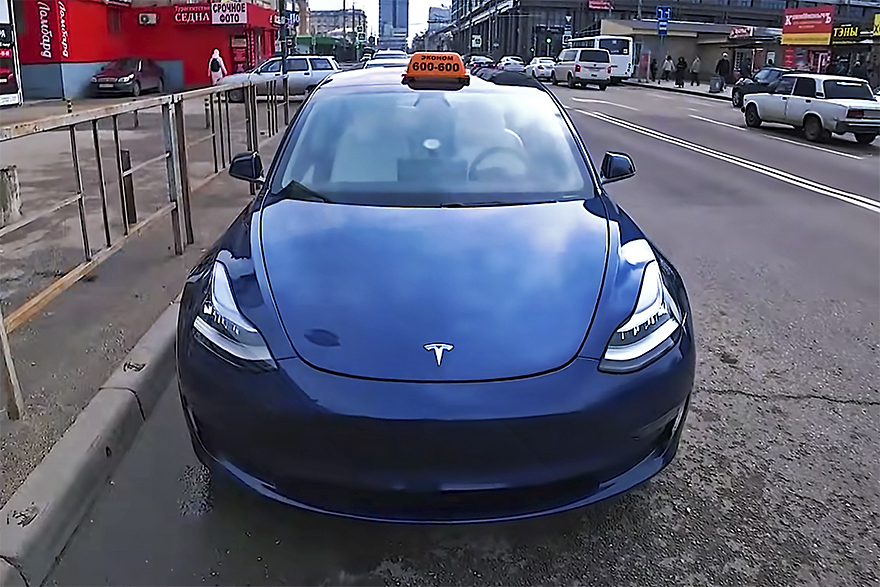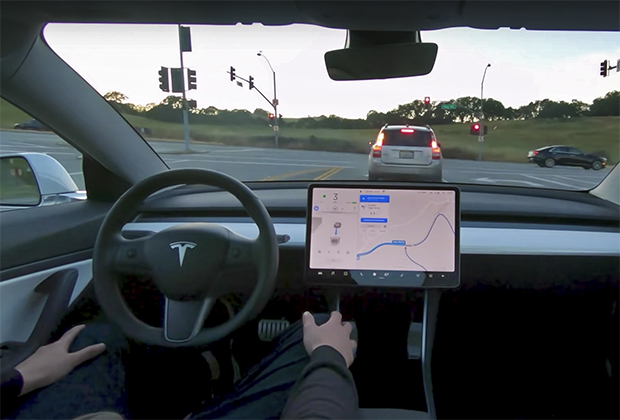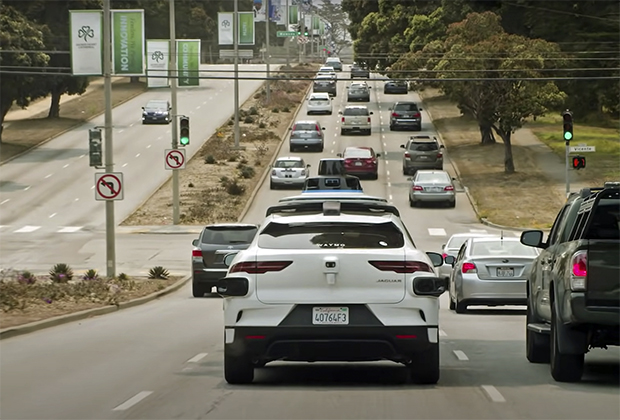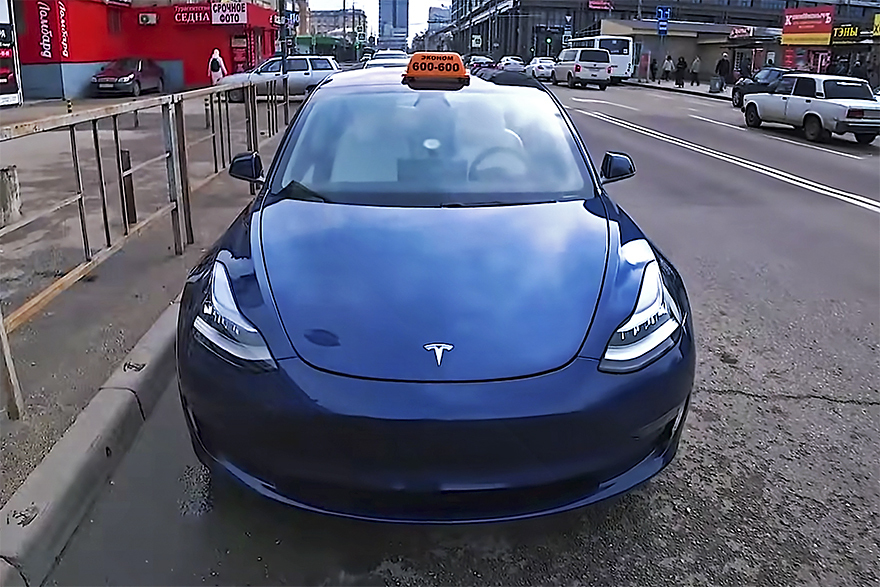During a report to investors for the first quarter of 2021, Tesla founder Elon Musk said that his company is working on creating an unmanned taxi. The entrepreneur is confident that the project will be in demand and commercially successful – Musk called the new mode of transport one of the future growth drivers for the corporation.
Elon Musk promised to create an unmanned taxi. Will he be able to rid the world of traffic jams and improve road safety?

During a report to investors for the first quarter of 2022, Tesla founder Elon Musk said that his company is working on creating an unmanned taxi. The entrepreneur is confident that the project will be in demand and commercially successful – Musk called the new type of public transport one of the future growth drivers for the corporation.
The head of Tesla assured that preparations for the launch of the project are already underway, and the robot taxi will start working in 2024. Thus, the American automaker will have to decide on a concept in two years, create a prototype, test unmanned vehicles, put them into production and resolve legal issues. How many years must pass before robotic Teslas appear on city streets is unknown.

Tesla Full Self-Driving Autopilot Demonstration
The quiet announcement of the new project did not come as a surprise to analysts. At the opening of the Giga Texas plant in early April, Musk said his company was working on the transport of the future: This is a special robot taxi that will look pretty futuristic. At the end of the month, the entrepreneur said that in order to launch the project, his company would need to develop a separate car that would be focused on fully autonomous movement. Accordingly, the car will not have a steering wheel and pedals, but will receive additional seats for passengers.
Musk has repeatedly pointed out that Tesla electric cars are not available to most motorists. The current cost of Model 3 is 47 thousand dollars, Model Y – 63 thousand dollars. Robotic taxis will allow more consumers to get to know the brand – the cars will serve all passengers, and not just those who have the funds for an expensive electric car.
For investors, Musk clarified that entering a new market would allow the company to make a lot of money. At the moment, Tesla cars are not fully autonomous, and even the optional $12,000 Full Self-Driving software package is not true autopilot. The entrepreneur is confident that autonomous taxis can bring much more profit than the proprietary autopilot system brings.
Dozens of large companies and IT startups around the world are developing and testing unmanned vehicles for transporting passengers. The US has Lyft, Waymo, Amazon, China has Baidu, Didi, and Russia has Yandex.In March 2022, Waymo released electric cars without a test driver on city roads and began testing cars by transporting its employees. The Apollo Go robot taxi service from the Chinese Baidu has launched in some of the most populated cities in the world – Beijing, Guangzhou and Shanghai.
Some of the problems that prevent the launch of a full-fledged taxi service without drivers right now have been worrying players in the robot taxi market for more than a year. Firstly, to serve passengers, the car must meet the maximum – fifth – level of automated control. Secondly, driving on a test site and a test track is different from working in real conditions, where the artificial intelligence of a car must calculate a huge number of probabilities and adapt to living traffic participants. Thirdly, unmanned vehicles, which are currently being tested by participants in the robot taxi market, move with the help of electricity. If thousands of taxis are needed on a large city scale, then where can you get so many charging stations?
Another problem is related to the current situation in the world, when, due to the coronavirus pandemic and the economic crisis, supply chains are disrupted, and electronics production is paused. Obviously, to launch a large number of robotic taxis, it is necessary to mobilize manufacturers of chips and other electronics, which will be stuffed with drones. There is no doubt that the production of autonomous machines at the initial stage will turn out to be small-scale, while suppliers of semiconductors and other components in conditions of shortage will give preference to orders from large IT giants that produce smartphones, computers, and household appliances.

Waymo self-driving car on US public roads
Futurologists and financiers have no doubt that robot taxis will be able to change the world for the better. According to the investment company Ark Invest, which successfully predicted the explosive growth of Musk's shares in 2018, the self-driving taxi business will be very profitable. Analyst Tasha Keaney said that by 2026, more than half of Tesla's value will come from the robot taxi segment.
According to a February 2020 Ark Invest report, the fast-growing market could enrich drone manufacturers and operators and improve the lives of passengers. Elon Musk promised that a ride on a robot taxi would be cheaper than a bus or subway ticket. Analysts agree: they estimate that in an uncompetitive market, a trip will cost half a dollar a mile. In a highly competitive environment, taxi companies will charge 25 cents, or about 20 rubles per mile, which is very cheap compared to traditional modes of transport. The researchers noticed that under these conditions, a regular taxi ride costs ten times more, owning a car costs twice as much.
The release of a large number of electric cars to roads and the accessibility of the service will stimulate consumers less often to use traditional and personal transport, which will positively affect the ecology. So, when a large number of drones appear, they will be able to better build the route, avoiding traffic jams and congestion. Also, in the interests of taxi operators, automatic trips as soon as possible. Firstly, the probability of an accident on an unmanned car of the highest level of autonomy will be minimal-the autopilot does not exceed the speed and is not distracted by the phone. Secondly, according to the ARTHUR D. Little, expenses for the work of drivers are one of the largest operating costs of passenger transportation services.
